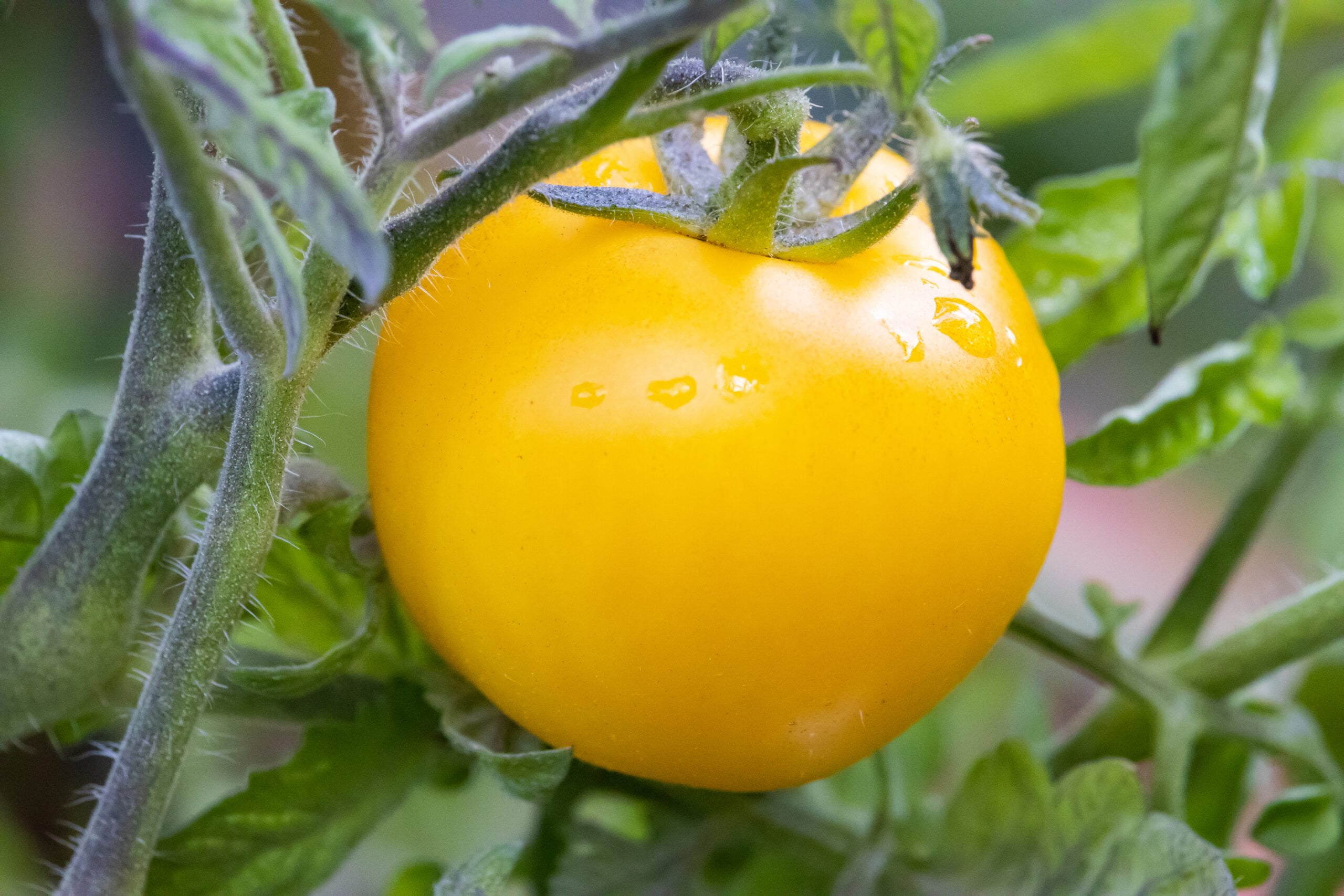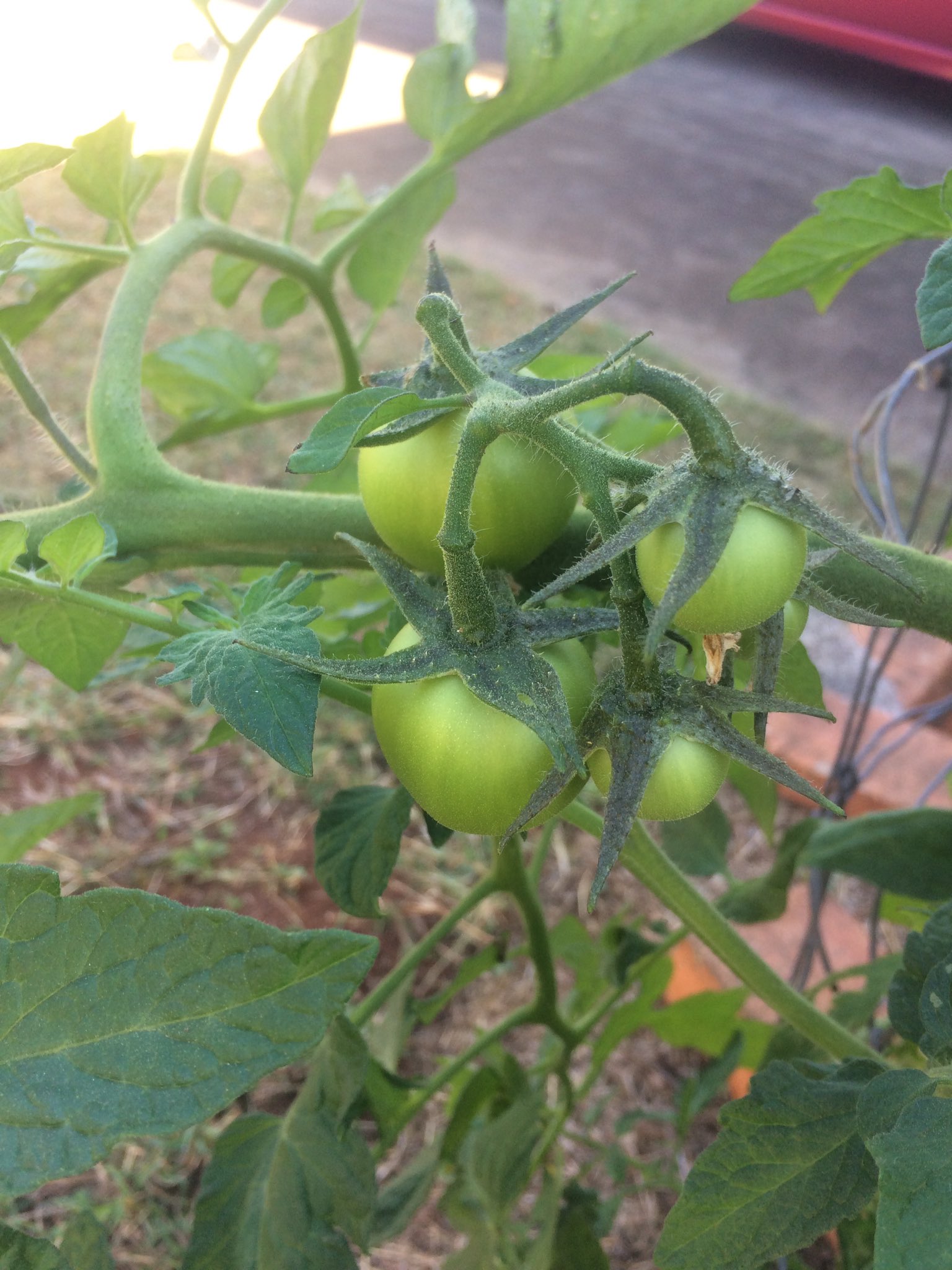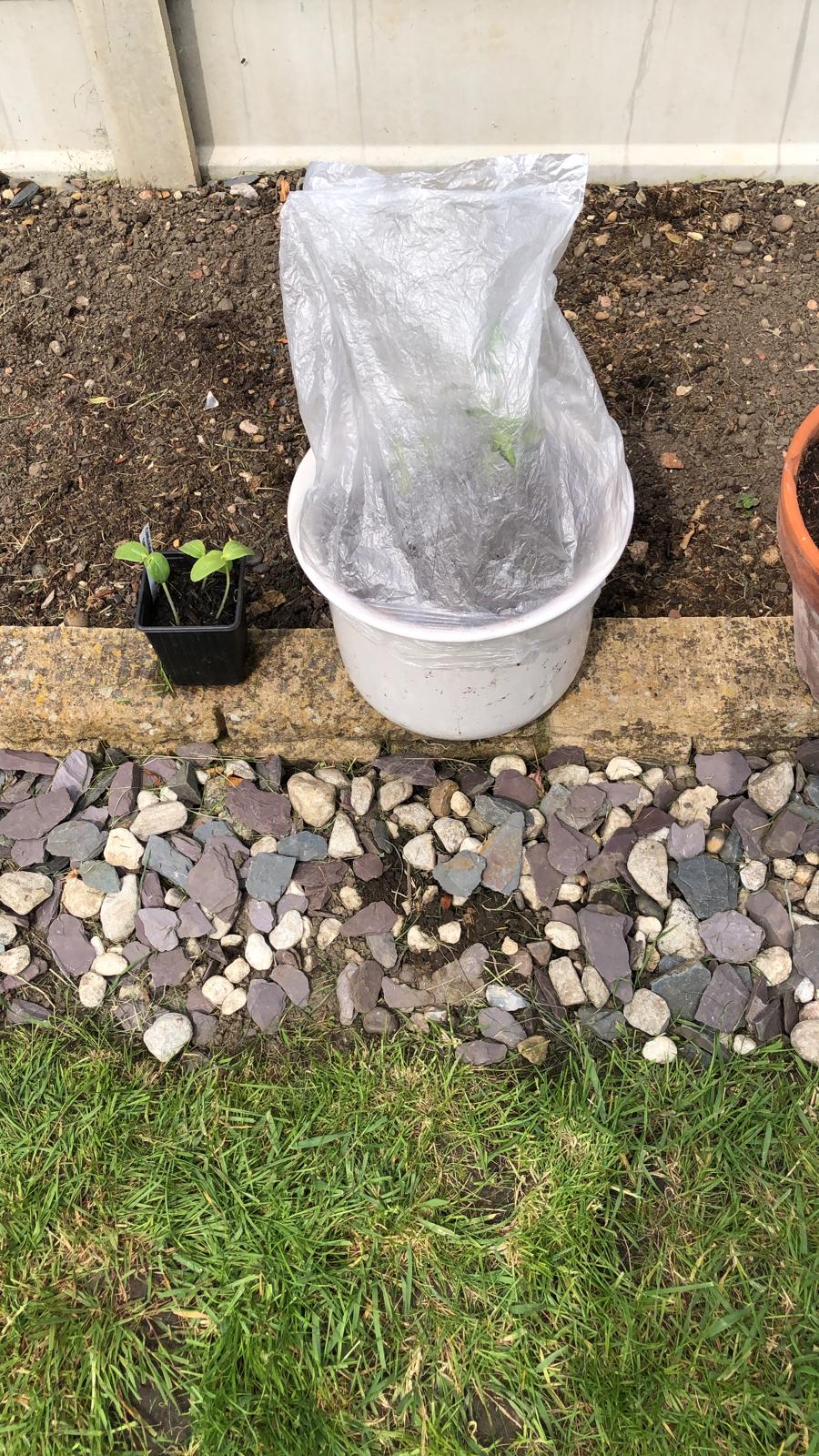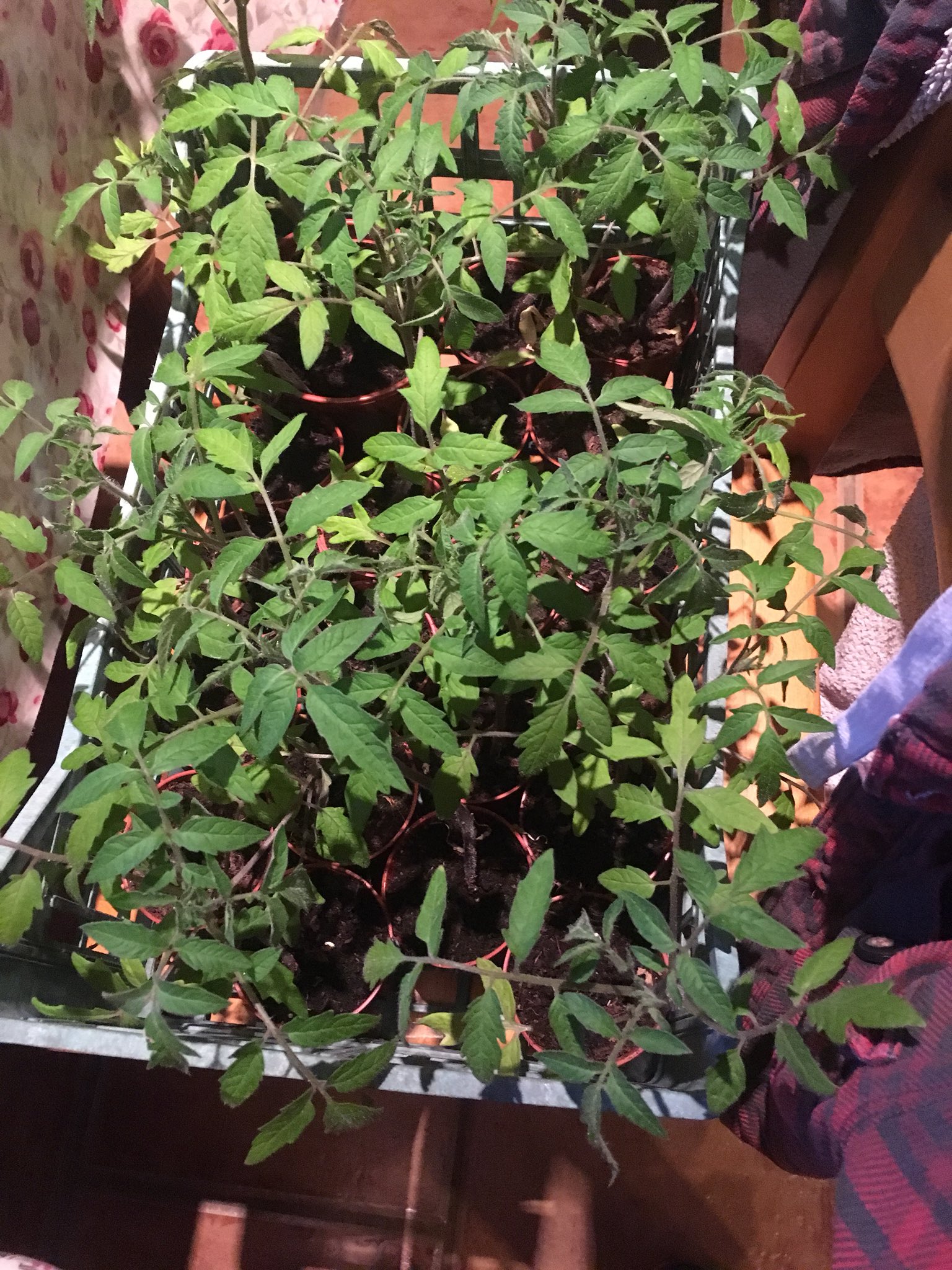
Tomato plants are a beloved addition to many home gardens. Their juicy, vibrant fruits are a staple in countless recipes. However, these warm-weather plants are sensitive to cold temperatures, and knowing what is too cold for tomato plants is essential for successful cultivation. In this comprehensive guide, we will explore the factors that affect tomato plants’ tolerance to cold, how to protect tomatoes from frost and chilly nights, and tips for optimal growth.
Table of Contents
What Temperature Will Kill My Tomato Plants?
Tomatoes thrive in warm conditions, but they can’t withstand freezing temperatures. The critical threshold for tomato plants is temperatures below 50°F (10°C). When the mercury drops below this point, tomato seedlings won’t germinate, young plants experience stunted growth, and mature plants won’t produce fruit. However, the real danger zone is below 32°F (0°C), as it can cause frost, leading to the death of both the plants and their fruits. Understanding these temperature limits is crucial for preserving your tomato crop.
Can Tomatoes Recover from Cold Damage?
It’s disheartening to see your tomato plants suffering from cold damage, but there’s hope for recovery under the right circumstances. When the temperature drops below 70°F (21°C), tomato seeds won’t germinate, and young plants may show signs of distress. However, if the drop in temperature is brief and not too severe, mature tomato plants can recover. The extent of recovery depends on various factors, including the plant’s maturity and the lowest temperature it endured.
Severe cold damage can cause freezing of plant tissues, leading to irreparable harm. This damage becomes visible when the leaves and fruit wilt, turn black, or lose their shape. To aid recovery, it’s crucial to avoid disturbing the plant during this phase. After a few hours, you can assess the damage. If seedlings and leaves have turned black, there’s no salvation – they must be disposed of. For mature plants with blackened leaves or stems, pruning might help.
How Do I Protect My Tomato Plants from Cold Nights?

Protecting your tomato plants from cold nights is vital for ensuring a bountiful harvest. Start by monitoring the temperature in your area and planting tomatoes when night temperatures consistently stay above 60°F (15°C). Check the last frost date for your region and avoid planting until after it’s passed. If you have a short growing season, consider germinating tomato seedlings indoors and transplanting them outdoors once frost risks diminish.
Grow the Tomato Plants in the Right Season
Choosing the right season for growing tomato plants can significantly impact their health and productivity. Start growing when night temperatures are consistently above 60°F (15°C) to avoid exposing the plants to the risk of cold damage. Knowing your region’s frost dates and adhering to them is crucial for a successful harvest. If you face a short growing season, begin by germinating tomato seedlings indoors, transplanting them outdoors when the risk of frost has passed.
Consider tomato varieties that can tolerate colder weather, such as Russian varieties like Anna Russian and Azoychka. These resilient varieties can withstand even a mild frost, ensuring your harvest isn’t jeopardized by unexpected cold snaps. By timing your tomato planting carefully, you increase the likelihood of thriving, cold-resistant plants.
Use a cover to protect the tomato plants

To safeguard your plants during chilly nights, you can use covers. Ensure your tomato plants are well-hydrated before covering them, as hydrated plants fare better in the cold. Covering options include plastic sheets, lightweight blankets, old sheets, tarps, and even plastic buckets, provided they don’t have holes. Adding LED or Christmas lights beneath covers can provide extra warmth.
Remember to remove the covers in the morning to allow the plants to receive sunlight and warmth. If you’re growing seedlings, consider tray covers or moving them indoors overnight. Protecting your plants with covers can keep temperatures 2-4 degrees higher than the outside, making a significant difference in chilly conditions.
Bring the Tomato Plants Indoors

For gardeners who grow tomatoes in containers, bringing the plants indoors during cold nights is a viable option. However, it’s crucial to handle the process with care to avoid damage to both the plants and yourself. If you’re growing determinate varieties in pots, select pots between 10-20 gallons for easy transportation.
Using a moving tray to transport heavy pots or grow bags is advisable, as lifting them can result in injury or damage. Place the pots or bags on the tray and move them to a warm indoor location for the night. Ensure that the chosen indoor area provides sufficient warmth, as simply moving the plants to a location with little temperature difference from outside won’t offer protection.
As morning arrives and temperatures rise, return the potted tomato plants to their outdoor locations to benefit from sunlight and warmth. This strategic approach to moving your plants indoors during cold spells can help safeguard your tomato crop.
Conclusion
Understanding how cold can affect your tomato plants is crucial for successful cultivation. Tomato plants have their limits when it comes to cold temperatures, and knowing these thresholds is essential for preserving your harvest. By taking proactive measures to protect your plants from frost and chilly nights, such as using covers or bringing them indoors, you can ensure a healthy and bountiful tomato crop. Timing your planting to the right season and selecting cold-tolerant tomato varieties also play pivotal roles in mitigating the risks posed by cold weather. Armed with this knowledge and a bit of care, you can enjoy a thriving tomato garden despite the challenges of cooler climates.
